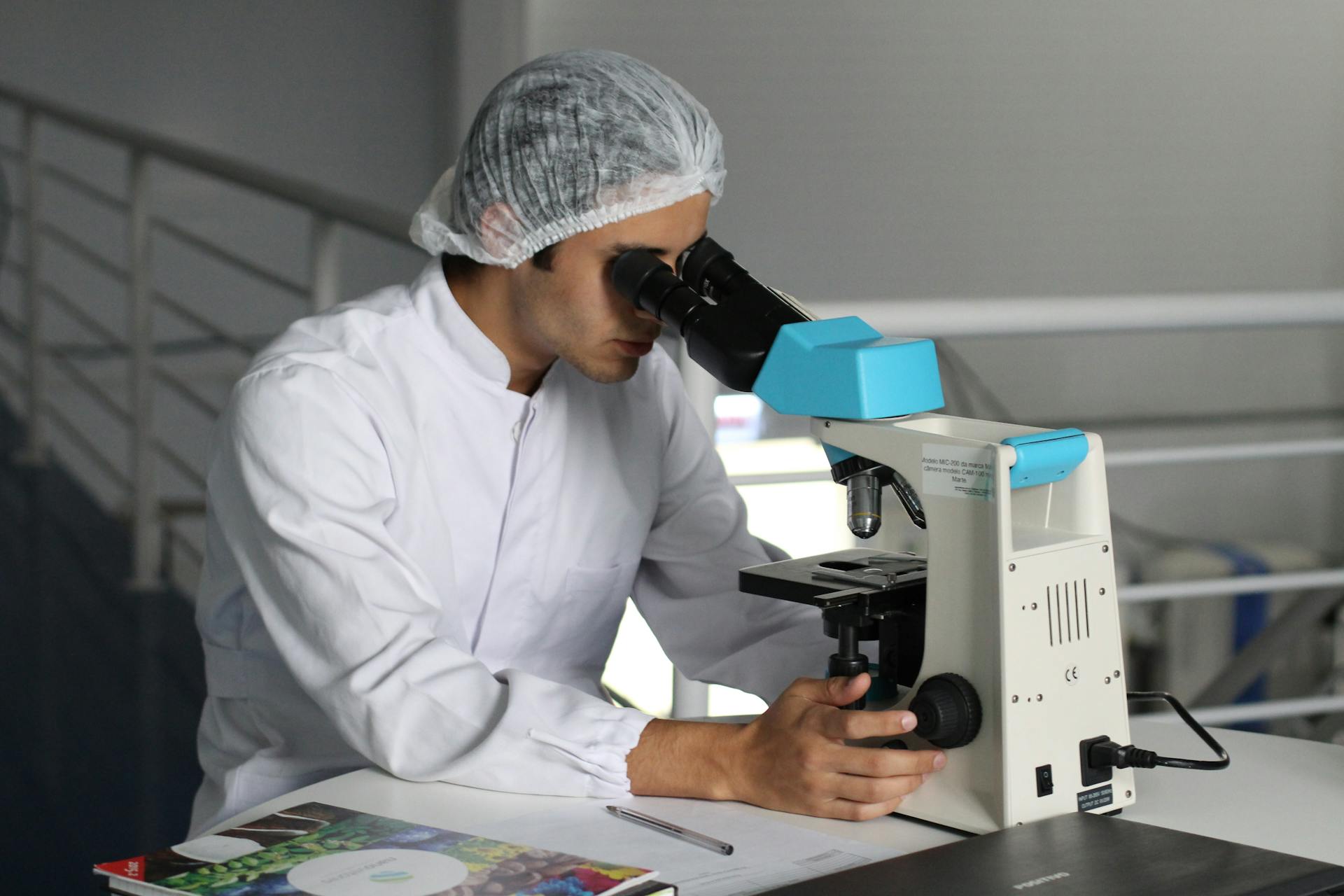It’s a daunting reality: prostate cancer is the second most common cancer among men worldwide. Hormone-refractory prostate cancer, or castration-resistant prostate cancer, represents a particularly challenging form of this disease, as it no longer responds to androgen deprivation therapy (ADT). This means that the standard methods of reducing testosterone in the body, such as luteinizing hormone-releasing hormone (LHRH) agonists, have become ineffective. The body’s cells have learned to survive, even in low testosterone environments, making them resistant to hormone therapy. But medical science is not at a standstill. Let’s explore the most current and promising treatments for hormone-refractory prostate cancer.
Chemotherapy: A Continually Evolving Treatment
Chemotherapy has long been a key weapon in the battle against cancer. For hormone-refractory prostate cancer, this proved to be a turning point.
Lire également : How Can Text Message Reminders Improve Vaccination Rates in Rural Communities?
Chemotherapy uses drugs to kill cancer cells or slow their growth throughout the body. This treatment is typically used when prostate cancer has spread beyond the prostate gland and the lymph nodes—the metastatic stage.
Specifically, the drug docetaxel, often used in conjunction with prednisone, has shown to extend the life expectancy of men with hormone-refractory prostate cancer by several months. Another drug, cabazitaxel, can be used when the cancer does not respond to docetaxel.
Cela peut vous intéresser : What Are the Therapeutic Effects of Deep Tissue Massage on Chronic Lower Back Pain?
While chemotherapy can be a potent treatment, it does come with a range of potential side effects, including nausea, hair loss, and increased risk of infections. Comprehensive care is essential to navigate these side effects. Regular consultations with healthcare professionals help monitor the body’s response to the treatment and manage any adverse effects.
Radiation Therapy: Precision in Treatment
Radiation therapy is another treatment option for men with hormone-refractory prostate cancer, particularly for those unable to undergo chemotherapy.
This treatment uses high-energy radiation to kill cancer cells by damaging their DNA. Modern advances in radiation therapy have made it possible to deliver radiation directly to the cancer cells, thereby reducing damage to the surrounding healthy cells and minimizing side effects.
There are two main types of radiation therapy: external beam radiation therapy (EBRT) and brachytherapy. In EBRT, a machine outside the body delivers the radiation, while in brachytherapy, radioactive seeds are implanted directly into the prostate. In some cases, both types of radiation therapy may be used together.
Radiation therapy, like chemotherapy, has potential side effects. Common symptoms include fatigue, skin changes, and urinary and bowel problems. As with any treatment, the healthcare team plays a pivotal role in managing these potential side effects.
New Horizons: Immunotherapy and PARP Inhibitors
As our understanding of cancer deepens, new treatment avenues are constantly being explored. Recent advancements have brought immunotherapy and Poly (ADP-ribose) polymerase (PARP) inhibitors to the forefront of hormone-refractory prostate cancer treatment.
Immunotherapy leverages the body’s own immune system to fight cancer. One type of immunotherapy, called checkpoint inhibitors, works by blocking proteins that prevent immune cells from attacking cancer cells. Clinical trials have shown promising results, with some patients experiencing prolonged survival.
PARP inhibitors, on the other hand, interfere with the ability of cancer cells to repair their own DNA, inducing their death. Two PARP inhibitors, olaparib and rucaparib, have recently been approved for use in patients with metastatic prostate cancer who have specific genetic mutations.
These novel treatments provide hope for improved outcomes, but like all cancer treatments, they come with potential side effects. Fatigue, nausea, and anemia are common with both immunotherapy and PARP inhibitors.
Combination Therapy: A Multipronged Approach
In the complex world of cancer treatment, sometimes a single treatment modality is not enough. Hence, combination therapy, where multiple treatments are used in conjunction, has become an increasingly popular approach.
For hormone-refractory prostate cancer, this could involve a mix of chemotherapy, radiation, immunotherapy, and hormone therapy. The aim is to attack cancer cells from all fronts, exploiting different weaknesses and reducing the risk of the cancer cells becoming resistant to any single treatment.
While this approach can be more effective, it also increases the potential for side effects. The monitoring and management of these side effects by the healthcare team becomes even more critical in these cases.
The road to recovery from hormone-refractory prostate cancer can be challenging, but the advancements in treatment options offer hope. It’s critical to have open discussions with your healthcare team to understand the risks and benefits of each treatment option. As science and technology continue to advance, we can hope to see even more effective treatments for this relentless disease.
Targeted Therapy: Zooming in on Cancer Cells
In the rapidly advancing field of cancer treatment, targeted therapies have emerged as a promising approach for hormone-refractory prostate cancer. As the name suggests, these treatments specifically target cancer cells, unlike traditional treatments like chemotherapy and radiation therapy, which can also harm healthy cells.
Targeted therapies work by interfering with specific molecules that help cancer cells grow, divide, and spread. For prostate cancer, these typically involve pathways related to testosterone and other hormones. For instance, androgen receptor inhibitors such as enzalutamide and abiraterone prevent testosterone from binding to cancer cells, thereby inhibiting their growth.
In fact, studies have shown that men with metastatic castration-resistant prostate cancer who were treated with enzalutamide had a delay in cancer spread, compared to those who received a placebo. Similarly, the androgen synthesis inhibitor abiraterone has been shown to improve survival in men with metastatic castration-resistant prostate cancer, particularly when used in combination with prednisone.
Nevertheless, potential side effects like fatigue, hypertension, joint discomfort, and hot flashes can occur. Therefore routine follow-ups with the healthcare team are crucial to manage these side effects effectively.
Clinical Trials: Paving the Way for Future Treatments
While existing treatments offer hope for patients battling hormone-refractory prostate cancer, ongoing research and clinical trials aim to bring even more innovative therapies to the table.
Clinical trials are a key part of the process in discovering new treatments for cancer, and they can offer access to therapies that are not yet widely available. For instance, trials are currently exploring the role of LHRH agonists in combination with other therapies for castration-resistant prostate cancer.
Furthermore, the frontier of cancer research is seeing exciting developments in molecularly targeted treatments and personalized medicine, which tailor treatment to the individual genetic profile of each patient’s cancer.
Participating in a clinical trial can be a way for patients to access the latest treatments, contribute to medical research, and potentially improve their own prognosis. However, it’s crucial to discuss the risks and benefits with your healthcare team before deciding to participate in a clinical trial.
Conclusion: The Future of Hormone-Refractory Prostate Cancer Treatment
The fight against hormone-refractory prostate cancer is constantly evolving, driven by advances in medical science and technology. From chemotherapy and radiation therapy to cutting-edge treatments like immunotherapy, PARP inhibitors, targeted therapies, and potential new therapies emerging from clinical trials, today’s patients have a wider array of treatment options than ever before.
While each treatment comes with its own potential side effects, comprehensive care from a dedicated healthcare team can help manage these complications and improve the patient’s quality of life. Open communication with this team is essential to understanding the potential risks and benefits of each treatment option.
The path to overcoming hormone-refractory prostate cancer is undoubtedly challenging, but these advancements in treatment offer increasing hope. As we continue to deepen our understanding of this disease and explore new frontiers in its treatment, there’s reason for optimism. The future holds promise for even more effective treatments, and ultimately, a cure for this relentless disease.










